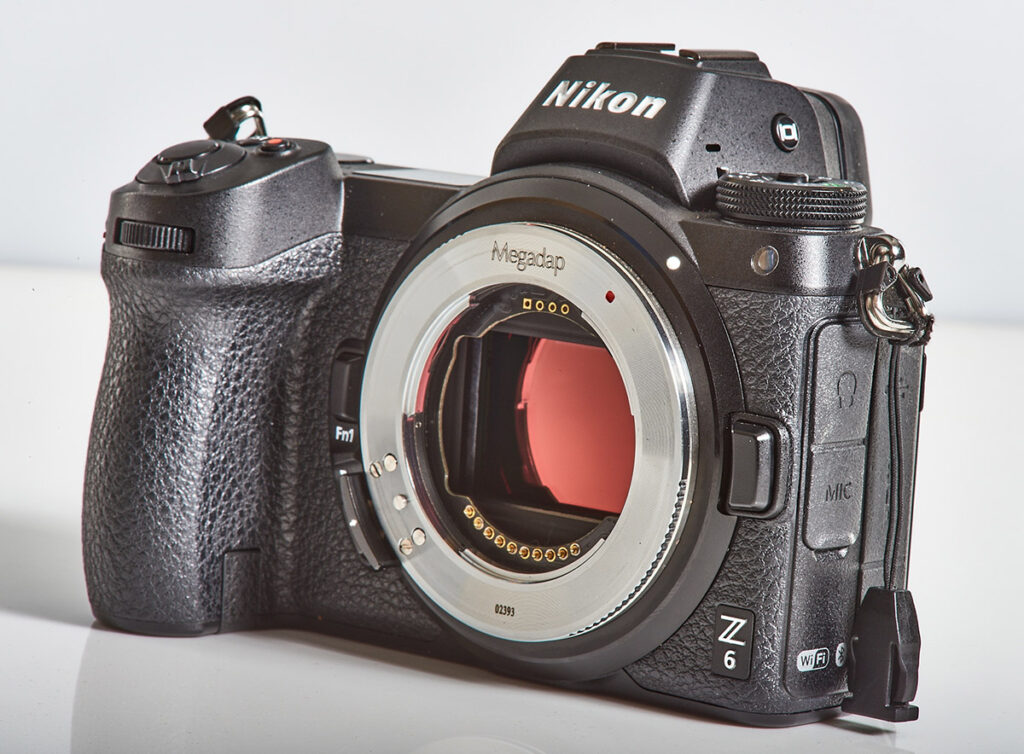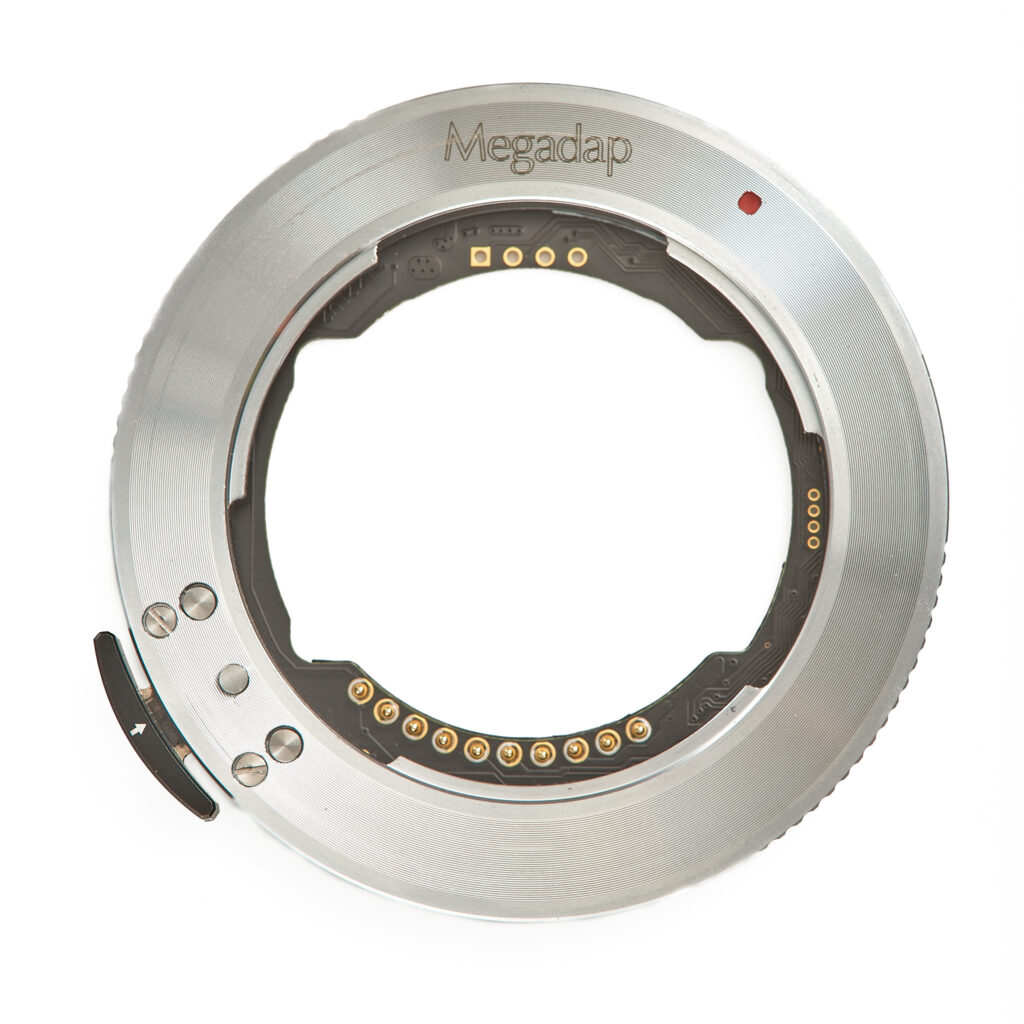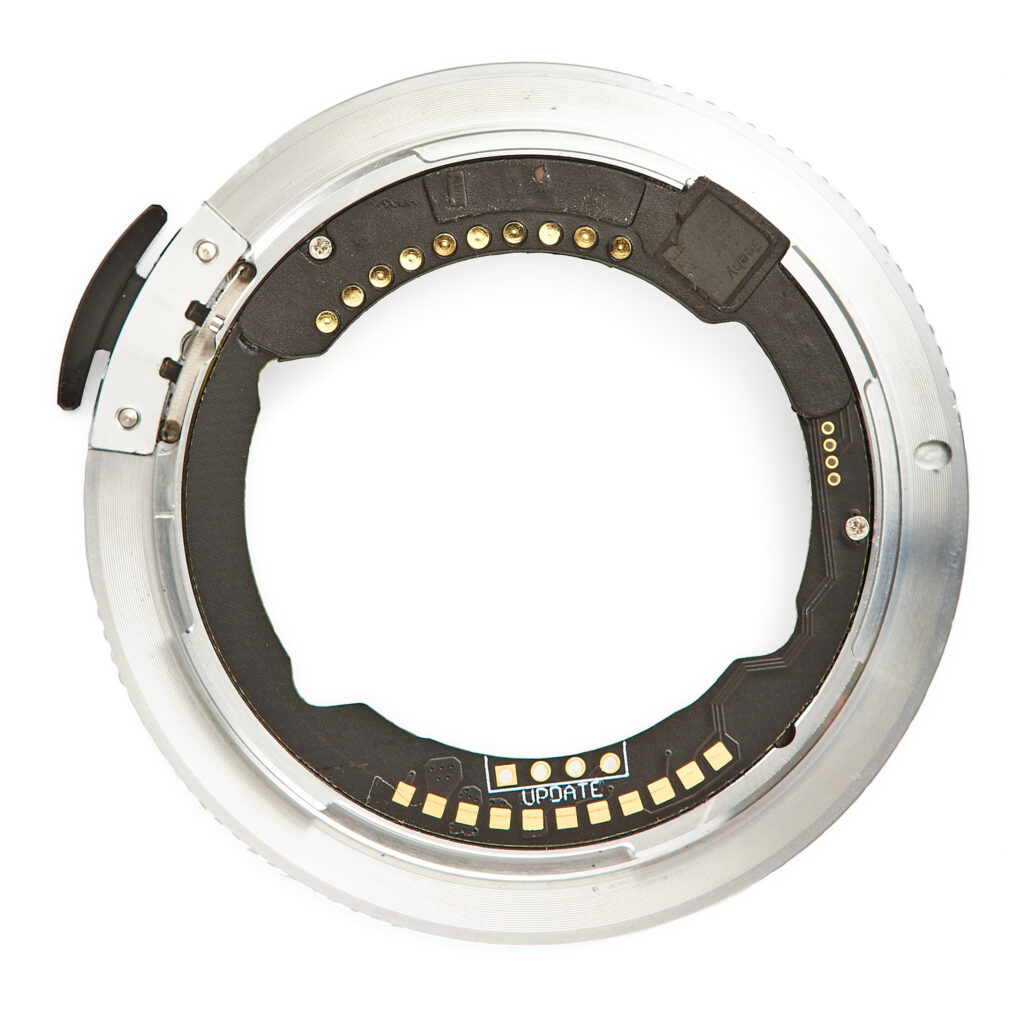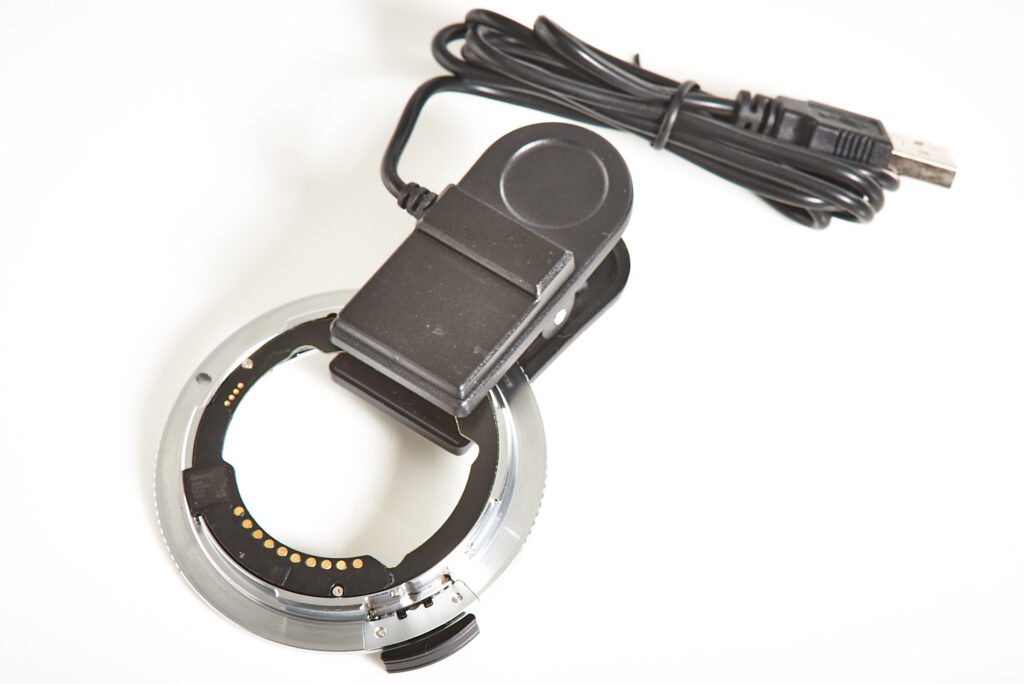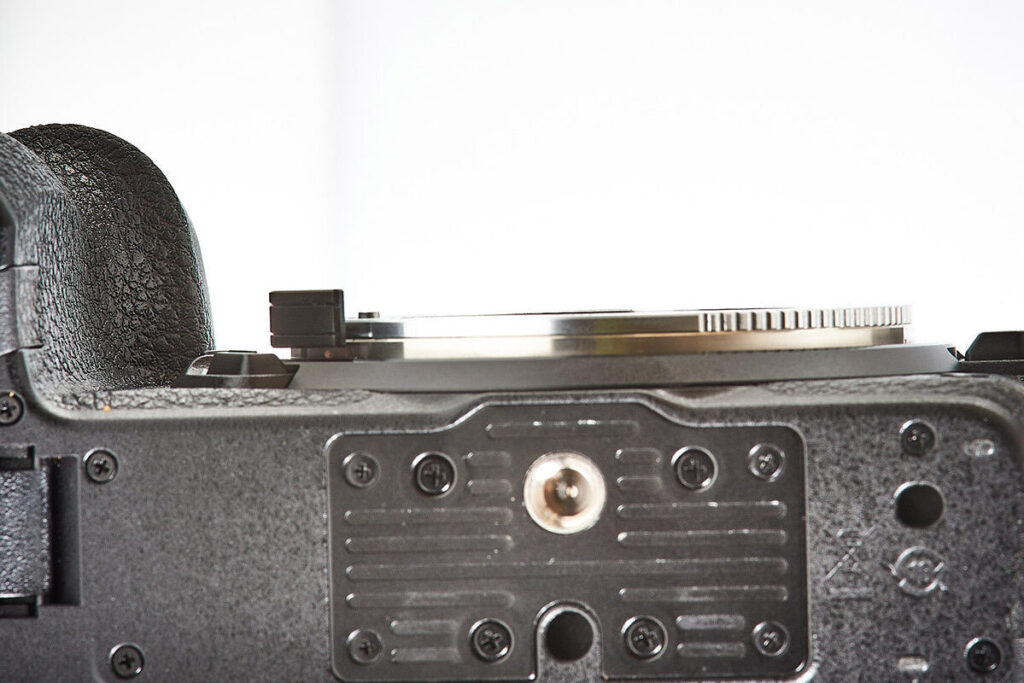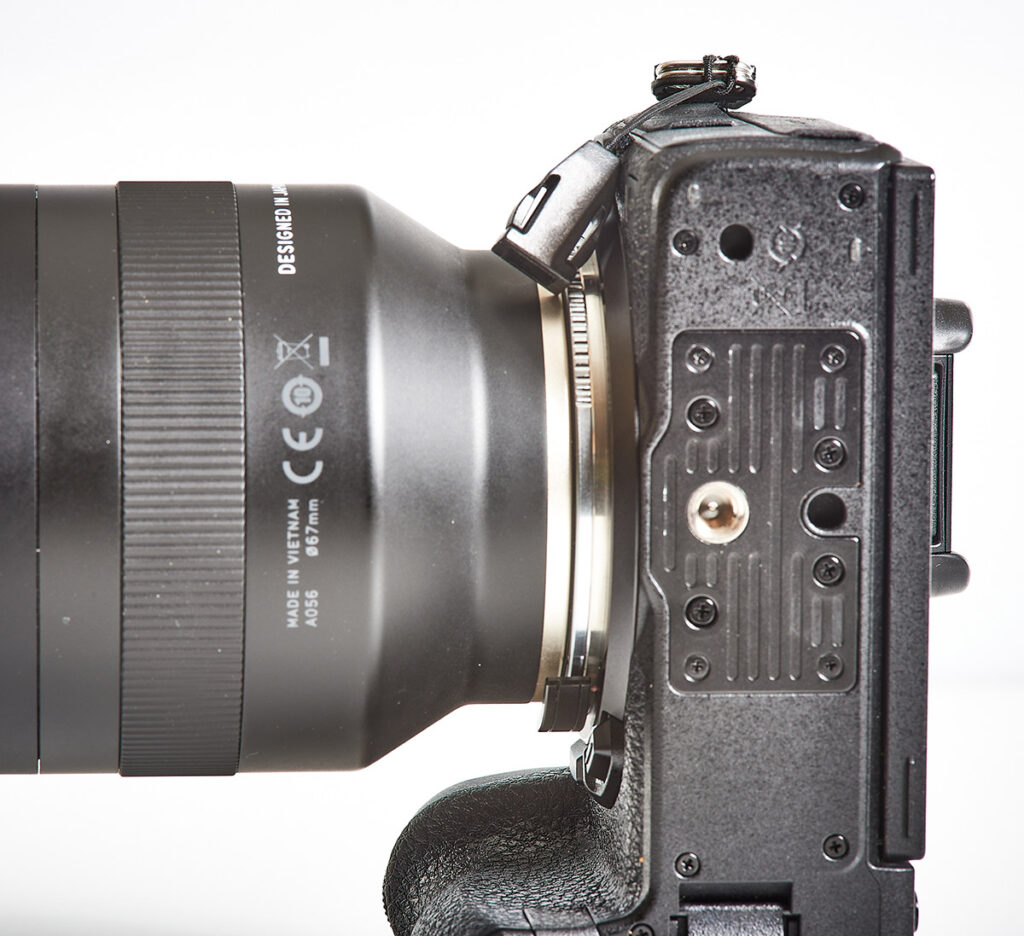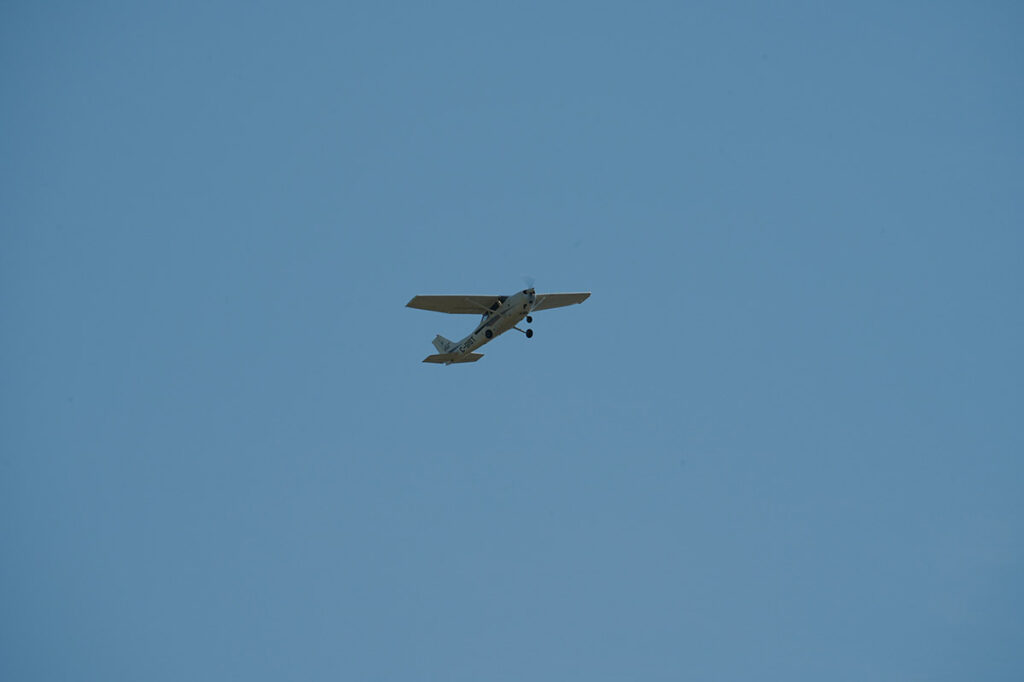The one question I get weekly is “When will Tamron make lenses for Nikon Z cameras?” The follow up question is almost always “Can I adapt any lenses to work with my Z camera?” As a Nikon shooter myself, I’ve been using the FTZ adapter with my Tamron DSLR glass. Don’t get me wrong – Nikon makes incredible lenses for the Z cameras, but most of them come with incredible prices. Camera and lens manufacturers have stopped producing DSLR lenses, leaving consumers with less and less choice.
Today, I present Nikon Z shooters choice about what lenses they use on their cameras! A company called “Megadap” has released a Sony FE to Nikon Z mount converter! It allows Nikon Z photographers to use full frame Sony E-mount lenses as if they were native lenses.
I was really excited when I heard about this product, as I really love the Tamron FE mount lenses but I also love my Nikon cameras (and I’m not a fan of Sony ergonomics, menus or colour reproduction – my personal choices).
The official name of the product is ETZ21 E Mount to Z Mount Professional Autofocus Adapter. Yes, you read that correctly. Autofocus. ETZ21 is a lens mount converter that allows you to attach Sony E-mount lenses to Nikon Z mount cameras, while maintaining full autofocus and electronic communication, such as Tamron’s excellent Vibration Compensation image stabilization.
There is no glass in the adapter – it’s a very thin piece of machined aluminum with circuitry that converts the Sony lens signal to Nikon camera signal and vice versa. The electronic translation is almost perfect (more on my findings below). Megadap includes a proprietary connector that allows you to flash the firmware, as they work on compatibility between different lenses and Nikon cameras. There have been a few firmware upgrades already and they will continue to work on them.
The first thing I noticed is that it’s very well built and very small. It has to be as the flange distance for Nikon Z is 16mm and for Sony E is 18mm – there’s only 2mm to play with. That gives you an idea of how thin it is. The flange distance is the measurement from the lens mount to the sensor plane. This is vital as lenses are designed to focus (converge light) on the sensor plane. If that focal point moves forward or back, a lens will never achieve infinity focus or proper focus without optics being added. As anyone who’s used a teleconverter knows, adding optics can alter image quality so non-optical adapters are preferred.
ETZ21 fit perfectly on my Z6. It locks in with a comforting click. Lenses however, took a bit more effort to attach and remove. This did get a bit easier the more I swapped lenses. Two important points – ET21 is NOT weather resistant. There isn’t a weather seal on this unit. All of my lenses are weather sealed with the foam rubber o-ring, which is partially why the lenses were fairly snug. The firm fit is comforting as I’ve used other lens adapters where I questioned if the lens would stay attached. No worries about that with ETZ21, as long as you hear and feel the lens lock in.
The lens release switch is fairly small as there isn’t a lot of room to work with. It’s also in an awkward spot – right beside the front Function button. This took a bit of a learning curve as I’m so used to the Nikon lens release button on the left side of the camera.
I’ve got the four most popular Tamron lenses for Sony E-mount with me – 24mm f/2.8, 24-75mm f/2.8 G2, 70-180 f/2.8 and 150-500mm. Each lens worked extremely well on my Z6. That is so crazy! Lenses meant for Sony working on my Nikon!
Autofocus performance was very good. I tested in AF-S and AF-C – subject tracking worked as if I was using a native Z mount lens. Thankfully, I live near an airport so I have plenty of moving objects in the sky. AF speed was just as instantaneous as if I was using a Z mount lens or F mount lens on the FTZ adapter.
All but one autofocus mode worked perfectly – pin-point AF mode would cause the lens to hunt, but not many photographers use pin-point AF. Single point AF, Dynamic Area, Wide Area and Automatic all worked perfectly. Even more importantly, because almost everyone uses these settings now, is that Face and Eye detection worked brilliantly! And so did Pet Detection! I was really surprised that these advanced focus modes worked.
There were no issues with focus distance – I could focus to infinity or as near as the lens would focus. Vibration Compensation worked as well, although the 150-500 worked in Sport Mode by default and I couldn’t change it. At least the VC worked at image capture, if not the preview in the viewfinder.
Since ETZ21 has no optical elements, there was no degradation in image quality. I get those same accurate colour tones I’m used to from Nikon cameras with the slight warmth of Tamron lenses. White balance was recorded accurately (not that important since I shoot RAW) under varying light conditions. Images were nice and crispy – these Tamron lenses are known for their sharpness and they didn’t disappoint.
As for controls, one feature that’s missing is access to the Function buttons on some lenses. I can set the control in my camera menu but the button press didn’t work. Unless you’re so muscle memory is so ingrained that you have to have an on-lens AF-ON button, this isn’t a deal breaker and I’m sure will be addressed via future firmware updates.
I also had my studio setup so I could make sure that flash sync worked. There were no issues shooting a X-sync speed of 1/200s – my broncolor lamps triggered at the right moment and image review popped up in my viewfinder right after.
My only other quibble, and I’ve heard this will be addressed very soon, is that the manual is in Mandarin only. I used the Google Translate app on my phone, with the new camera feature, to read the translation to figure out the firmware update process. There really isn’t anything else you need from the manual.
Overall, I’m immensely impressed with the Megadap ETZ21. It does what it’s supposed to do with little fuss and responds perfectly. Sony lenses perform on a Nikon Z camera as if they were made for the camera. And that is all we really ask for from a lens adapter, isn’t it?
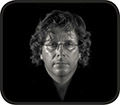
About the Author – Will Prentice (www.capturaphoto.ca) is a professional photographer based out of Whitby, Ontario and Brand Specialist – Lighting for Amplis.



